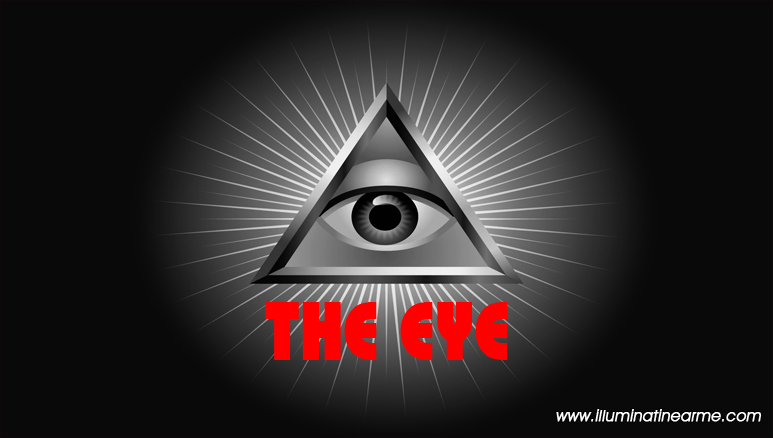The term illumination originally denoted the embellishment of the text of handwritten books with gold or, more rarely, silver, giving the impression that the page had been literally illuminated.
The Parchmenter who prepared the drawing and writing surface. The Illuminator who actually created the Illuminated letters and other decorations on each page. During the Middle Ages most of this kind of work was done in monasteries, so all of these jobs were performed by monks.

Illuminated manuscripts are hand-written books with painted decoration that generally includes precious metals such as gold or silver. The pages were made from animal skin, commonly calf, sheep, or goat. Illuminated manuscripts were produced between 1100 and 1600, with monasteries as their earliest creators.
How do you illuminate a manuscript?
Classic illuminated manuscripts used vegetable dyed paint, meaning they had a limited range of colors. To stick to the classic look, try to use light greens, purples, deep reds, and burnt oranges. You can use white or tan paint to add highlights to your figures and objects as well.
Which is the oldest manuscript?

The Spitzer Manuscript is the oldest surviving philosophical manuscript in Sanskrit, and possibly the oldest Sanskrit manuscript of any type related to Buddhism and Hinduism discovered so far.
Who made the first illuminated manuscript?
Vergilius Augusteus… ….The earliest illuminated manuscript is the Vergilius Augusteus of the 4th century CE which exists in seven pages of what must have been a much larger book of Virgil’s works.





